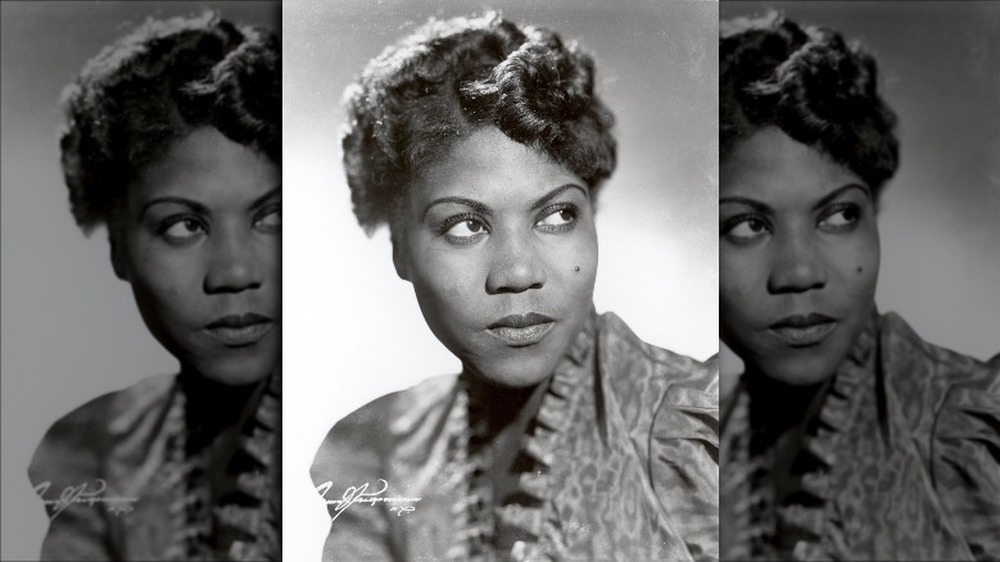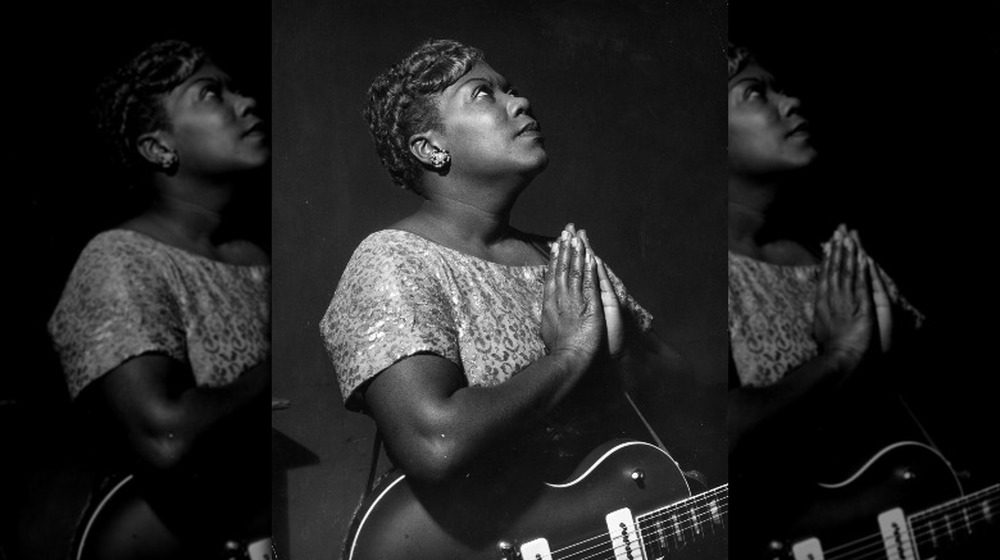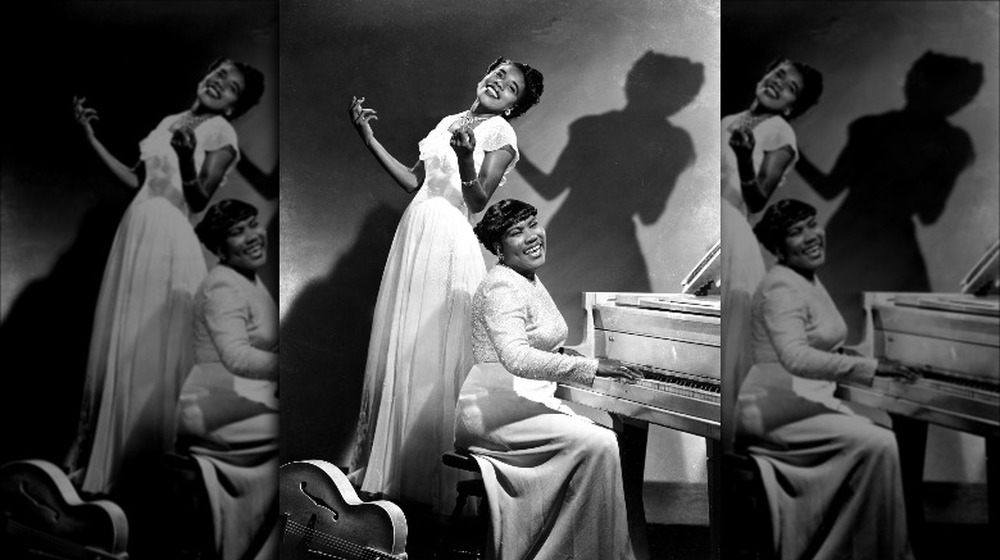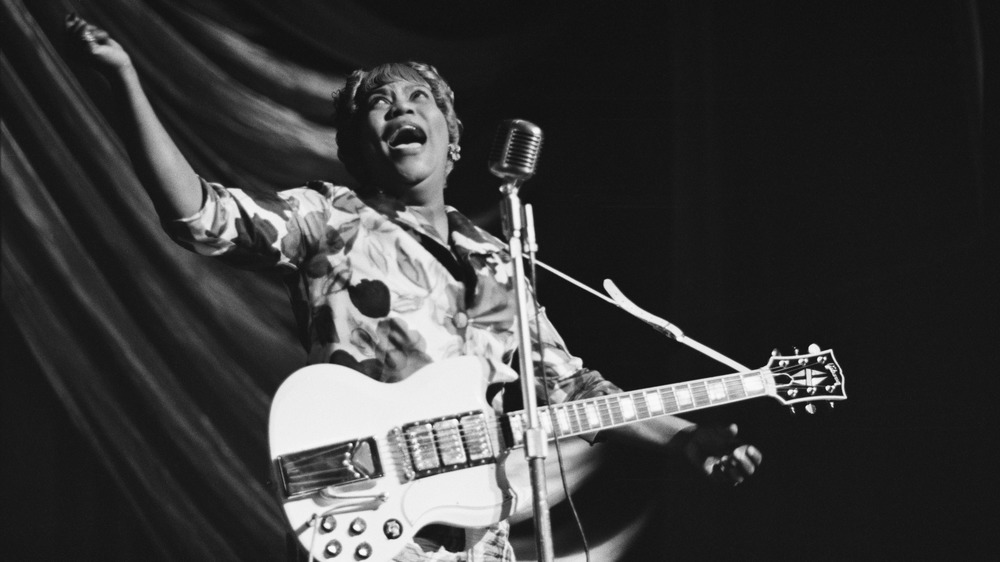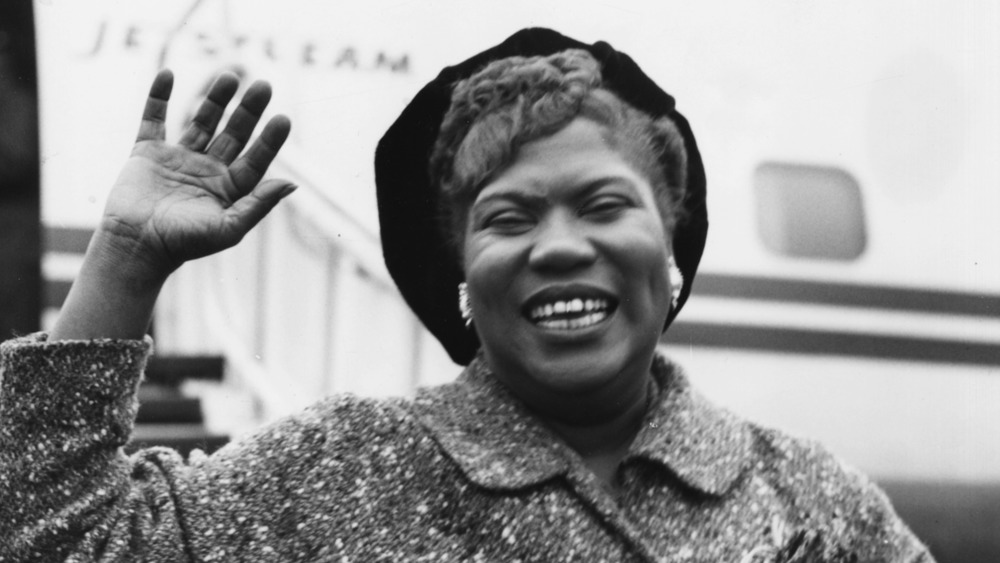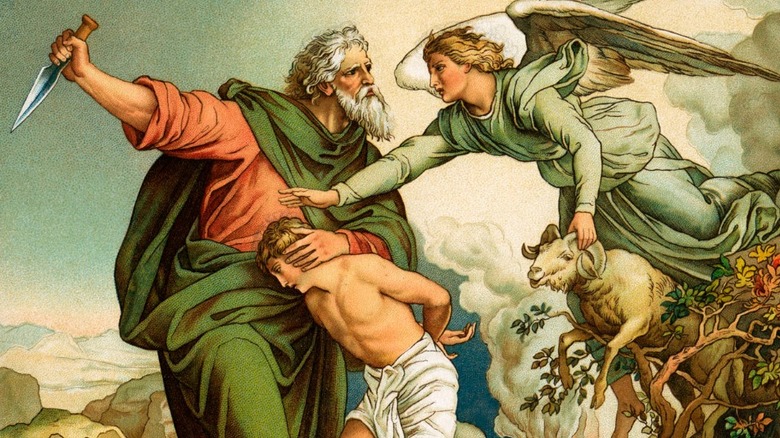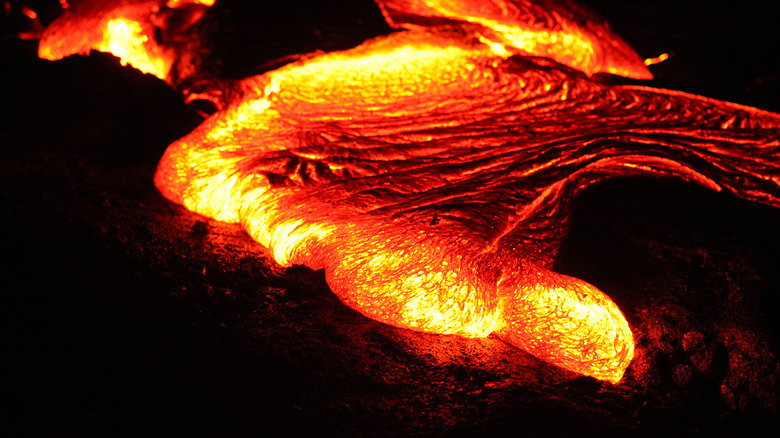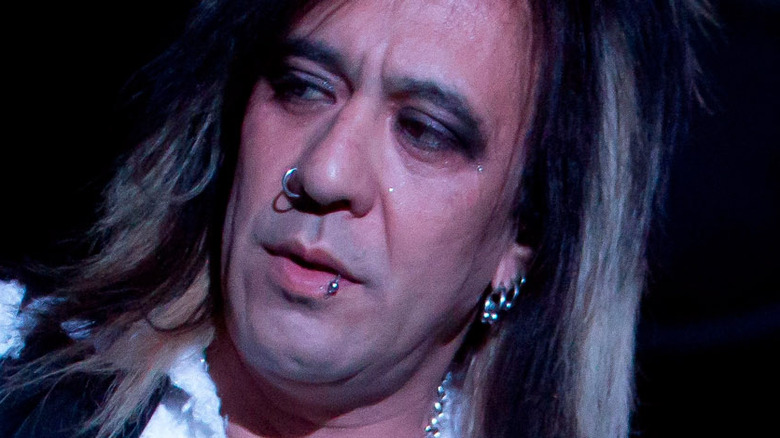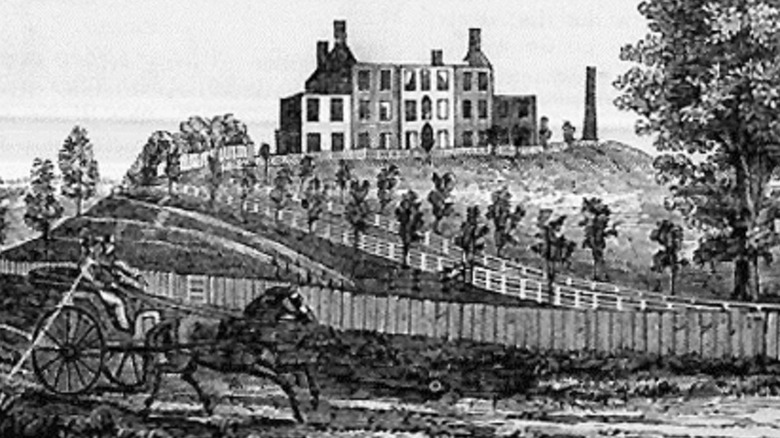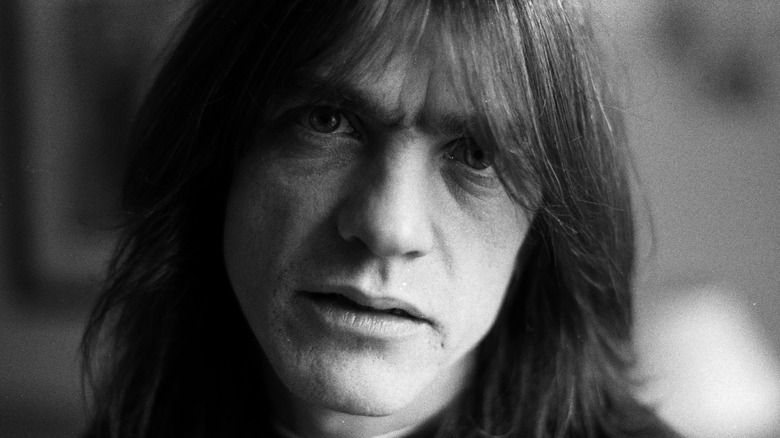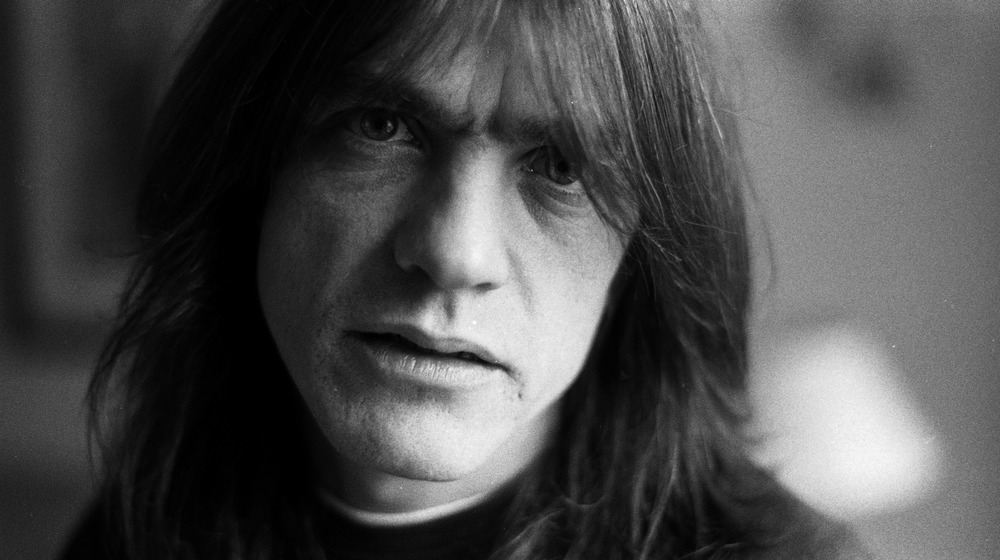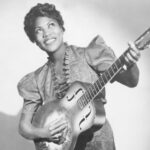
The Untold Truth Of Sister Rosetta Tharpe, The Godmother Of Rock ‘N’ Roll
We like to assume that the greatest figures of popular music are destined to be remembered. Elvis Presley, Buddy Holly, and countless others have their places in history assured, their reputations as eternal as the music they left behind. But the sad reality is that great artists don’t always get the acclaim they deserve, and while we may be able to accept the fact that great talent can’t always be rewarded — we all know great musicians from our home town that never made it, right? — there is something painfully unjust when one of the great original talents and greatest influences on the canon of American popular music is denied their place in history.
Sister Rosetta Tharpe, who would have been 105 this year, may be one of the most consistently under-appreciated performers in music history. Despite receiving the title of “the godmother of rock ‘n’ roll,” and being a major inspiration for some of the world’s biggest artists, including Bob Dylan and Chuck Berry, per the The Guardian, she has been ignored and forgotten since her death in 1973, at the age of 58.
But her huge influence and her impact on those musicians who are now the biggest names in music cannot be overstated. “Sister Rosetta Tharpe was anything but ordinary and plain,” Dylan told listeners on the very first installment of his Bob Dylan’s Theme Time Radio Hour. “She was a big, good looking woman and divine, not to mention sublime and splendid. She was a powerful force of nature: a guitar-playing, singing evangelist.”
Sister Rosetta Tharpe was a true prodigy — and a mold breaker
Born Rosetta Nubin on March 20, 1915, the child who would go on to become one of the most influential guitarists and vocalists of the early rock ‘n’ roll period was born into a deeply religious family in the city of Cotton Plant, Arkansas. Tharpe’s parents worked primarily as cotton-pickers, according to the Heroine Collective, but her mother was also a performer, singing for audiences across the South in a traveling group of evangelical musicians. As such, Tharpe began performing in public at the age of just four, and, by the age of six, she had joined her mother on stage permanently, as an already accomplished guitarist.
Sister Rosetta Sharpe’s evangelism came to be writ large in both her performances and her stage name — but she was no typical gospel performer, in part thanks to her travels with her mother as a very young girl. Around 1920, the future star moved with her mother to Chicago, where, from an early age, she was steeped in the most vibrant and innovative sounds in American music: jazz, blues, and country, and, with them, more secular themes and styles of performance.
Tharpe's secular sound alarmed the gospel community
In Shout, Sister, Shout!, a biography of Sister Rosetta Tharpe, Gayle Ward explains that, unlike fellow gospel star Mahalia Jackson, “whose celebrity developed around her reputation as a defender of gospel tradition, Rosetta earned notoriety for her instinct for creative insubordination and her practiced talent for showbiz flamboyance.”
Just as Bob Dylan would alienate a swath of his folk music purist fanbase when he “went electric” in 1965, decades earlier, Sister Rosetta Tharpe found herself a controversial figure in the gospel community as she pushed the boundaries of the genre from which she first emerged.
The reception among the wider musical audience was hugely positive, however, with critics praising Tharpe’s use of secular styles and her frankly rocking performances to bring Christian themes to a greater number of listeners.”Why should the devil have all the good tunes?” asked a contemporaneous Billboard review of Tharpe’s 1957 album Gospel Train. “Sister Rosetta Tharpe shows us that he hasn’t, and she does this with all her well-known rocking rhythm and zest.”
Sister Rosetta Tharpe: an under-appreciated queer icon
But Sister Rosetta Tharpe’s subversiveness was not reserved simply for her music; her personal life also moved to a different beat from the times in which she lived. She was married a total of three times — but this is not the most surprising element of the love life of evangelical Christian Tharpe.
According to udiscovermusic, in 1940 Tharpe began performing with singer-pianist Marie Knight (pictured above, standing, with Tharpe), and the two began a relationship — an “open secret” among Tharpe’s many friends in the music industry and beyond, but one that was spoken of in hushed tones by many in the evangelical community from which she had emerged. Like her music, the nature of Tharpe’s lesbian love affair would have scandalized many of her Christian contemporaries.
Yet despite the prejudices of the age, Tharpe and Knight lived together, along with Knight’s mother and the children from Knight’s own previous marriage. Unfortunately, according to udiscovermusic, the relationship ended in tragedy, after a fire in which two of Knight’s children and her mother were killed. The psychological damage was too much, and the two parted ways in 1950, though they continued to collaborate musically.
As LGBTQ Nation points out: “the Godmother of Rock & Roll was a Black lesbian,” a fact worth remembering when we consider the genre typically was dominated by straight white men.
Sister Rosetta Tharpe's rollercoaster career
Today, A-list musicians work with a crack team of management and PR experts to tactically defend their popularity and ensure their career maintains its longevity. Touring schedules, the frequency of releases, changes in artistic direction, and cunningly executed PR stunts ensure that both artists and audiences avoid burnout that would see the artist’s popularity enter a terminal decline.
Frankly, such strategic thinking didn’t exist within the music industry in Sister Rosetta Tharpe’s day, and so great swings in popularity, fortune, and security could befall great artists and see them veer between international visibility and near total obscurity. Unfortunately, such was the career path of the Godmother of rock ‘n’ roll.
Tharpe’s career first hit unstoppable upward trajectory in 1938, after she signed with Decca Records, the label through which she released such hits as “Didn’t it Rain” and “Down By The Riverside.” Tharpe’s profile continued to grow until, in 1951, she was so famous that her third wedding, held at Chicago’s Griffith Stadium, was witnessed by an audience of 20,000 paying fans, according to NPR.
But from the late ’50s onward, Tharpe’s career in America stalled, possibly, as Rolling Stone argues, because audiences tired of her uniformly religious material. Thus, Tharpe turned her attention to Europe, touring in a caravan and bringing her unique gospel sound to new audiences — but she never again achieved the widespread recognition of her early years in the United States.
Sister Rosetta Tharpe was forgotten
Commemorating Sister Rosetta Tharpe’s 100th birthday in 2015, Guardian critic Richard Williams noted the tragedy of the musician’s final years, which were plagued by ill health and dwindling audiences. She had a stroke in 1970, and a leg amputated as a result of diabetes, according to the Encyclopedia of American Gospel Music. After a second stroke, Tharpe died October 9, 1973. She was 58. “The funeral of a performer for whom audiences had once packed venues across the US attracted only enough mourners to half-fill a church,” Williams writes, “and she was buried in an unmarked grave.”
And though this undeniable trailblazer received some recognition in the late 1990s when, per The Guardian, her image was used on a US commemorative postage stamp, her music has been almost entirely overlooked by listeners in the 21st century.
But Sister Rosetta Tharpe may finally be receiving the enormous reverence that has been denied to her. The Shout, Sister, Shout! biography was accompanied in 2014 by the release of an album of the same name, featuring covers of some of Tharpe’s compositions. Rectifying a longstanding omission, in 2018 Tharpe was finally inducted into the Rock & Roll Hall of Fame. Its website notes: “Sister Rosetta was the first guitar heroine of rock & roll. Her heartfelt gospel folksiness gave way to her roaring mastery of her trusty Gibson SG, which she wielded on a level that rivaled the best of her male contemporaries.” Perhaps someday soon, Sister Rosetta Tharpe will receive the widespread, iconic status she undeniably deserves.

Where These Star Trek Stars Are Buried
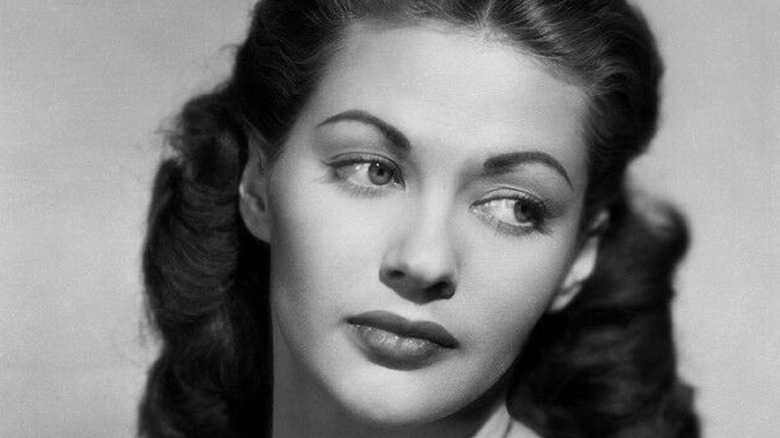
The Untold Truth Of Yvonne De Carlo

The Truth About The Deadly Formosa Fun Coast Disaster

What's Next For ZZ Top After Dusty Hill's Death

The Truth About Dane Cook's Crooked Brother
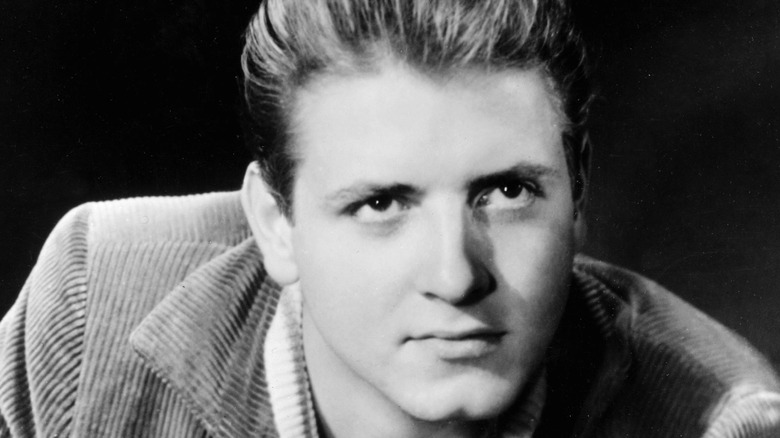
The Tragic Death Of Eddie Cochran

The Untold Truth Of Anna Delvey

What Did Dwayne Johnson Actually Look Like In College?

St. Patrick’s Day Celebrations Around the World

You Might Recognize The Song From The Cheetos Super Bowl Commercial
